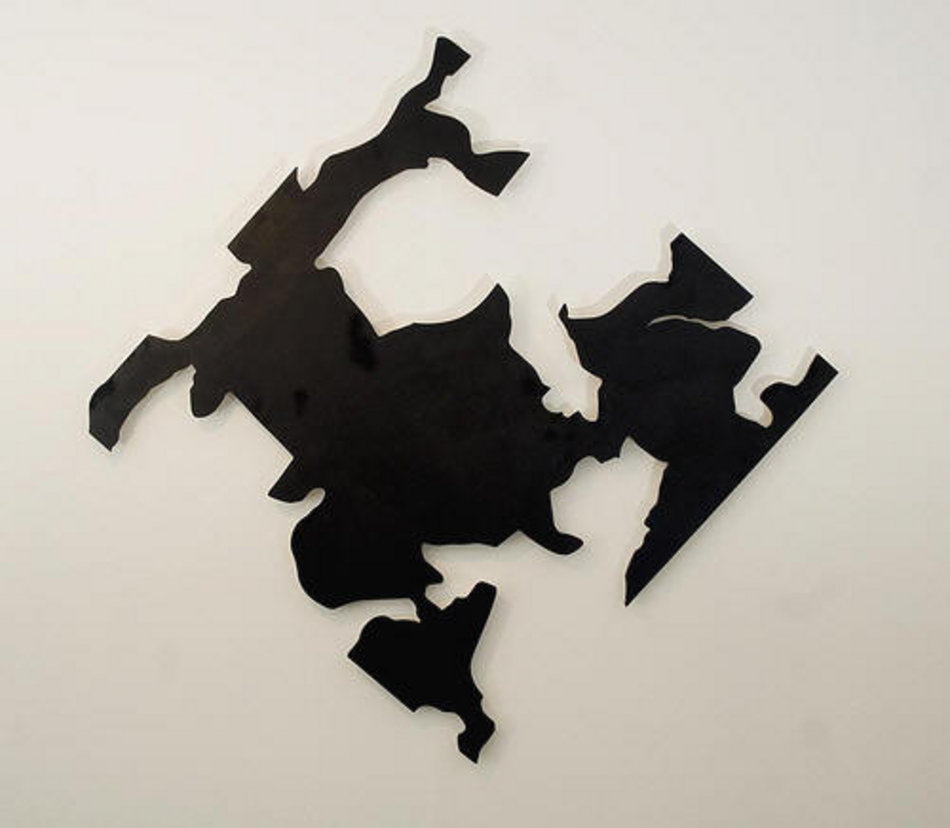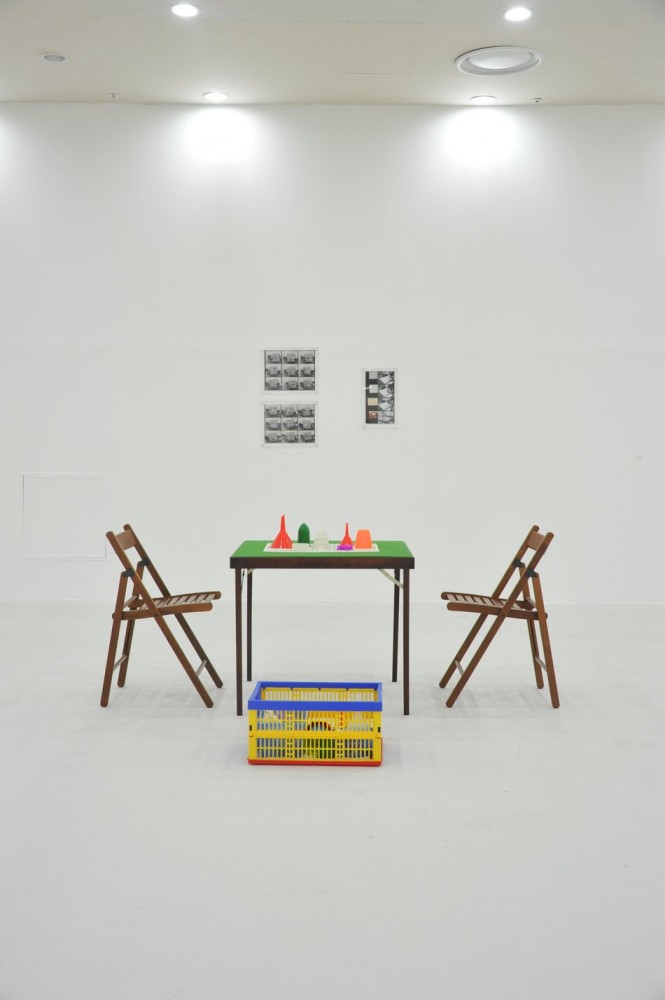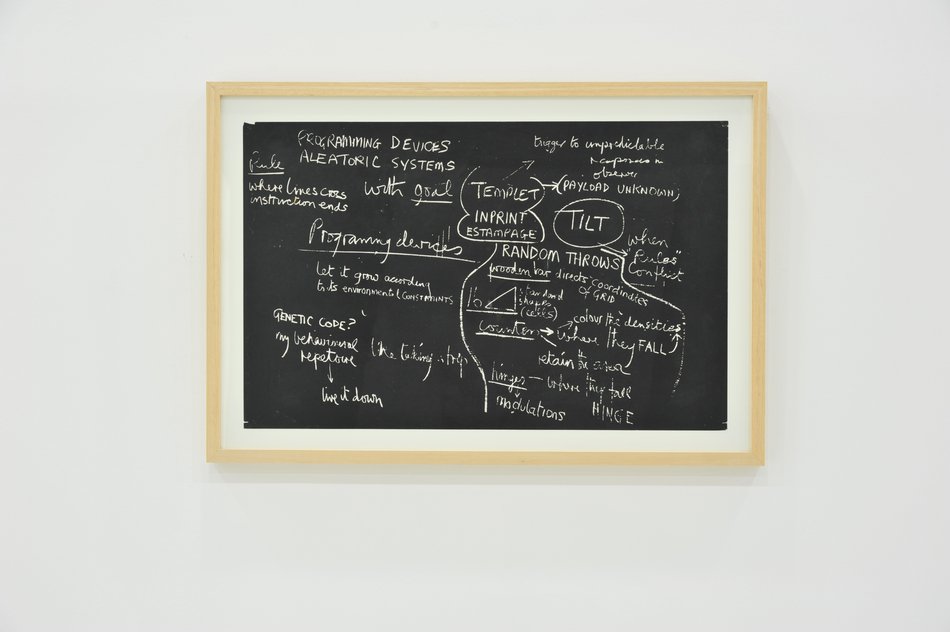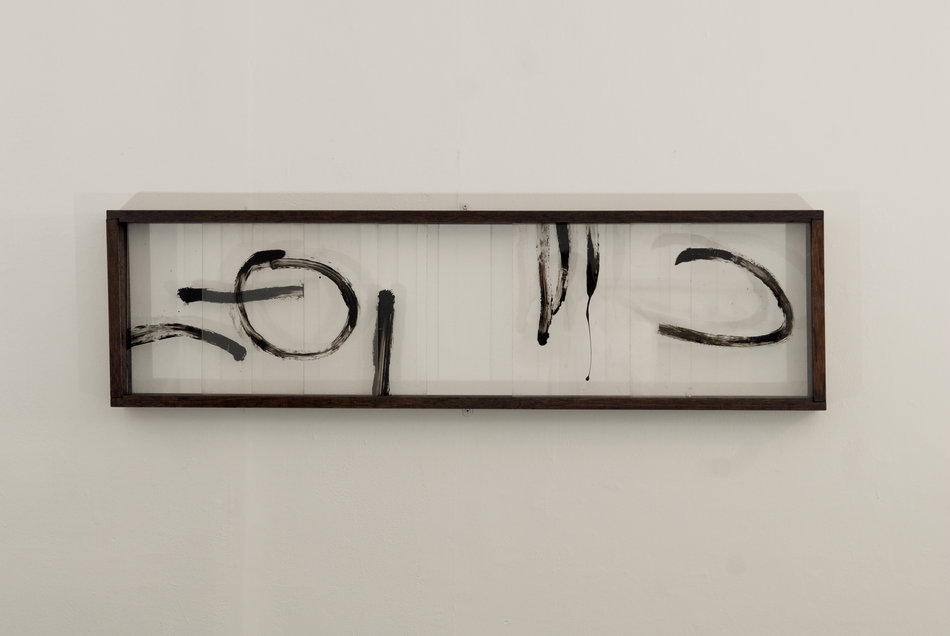
Roy Ascott: The Syncretic Sense
SPACE is proud to present the first major retrospective of Roy Ascott, the British artist, theorist and teacher who has inspired generations of artists. The Syncretic Sense is a touring exhibition from Plymouth Arts Centre curated by Paula Orrell in partnership with i-DAT and the University of Plymouth.
With former students including Brian Eno, Pete Townshend, Stephen Willats and Paul Sermon, since 1962, Roy Ascott has pioneered the creative use of cybernetics, technologies and interactive media in art. He coined the term ‘telematic art’ – the integrated use of computer communications networks – and has been instrumental in projects from the Venice Biennale to Ars Electronica. As an Art Educator he established the radical ‘Groundcourse’ programme in both London and Ipswich, and went on to teach in Toronto, San Francisco, Vienna and Newport, Wales.
The Syncretic Sense, Roy Ascott’s first solo show in London for 40 years, presents an overview of his artwork and rhetoric. From his early participatory ‘Change Paintings’ to his development of telematic art through computer networks, the exhibition considers Ascott’s theory and experimental teaching approaches and is supported by a programme of events.
For the last 50 years Roy Ascott has been envisaging a mediated form of art governed by exchange and interaction. He sees technology as a tool for other activities that explore consciousness and the ‘spirituality’ of connectivity. His creative use of telecommunication networks pre-empted technological changes in art and society. In 1983, years before the rise of Internet, Ascott presented ‘La Plissure du Texte (A Planetary Fairy Tale)’, a seminal international text collaboration between artists- the exhibition includes an updated version, set in Second Life. In 1986, alongside Don Foresta and Tom Sherman, Ascott first brought network technology to the Venice Biennale with artists from 3 continents interacting through computer networks, videotex, slowscan TV and fax. Ascott has always been ahead of his time, and at this point of crisis in art education, widespread changes in the arts sector and our contemporary mobile culture, his work appears more sentient than ever and demands closer attention.
Studying in Newcastle under Richard Hamilton and Victor Pasmore, by the early 60s Ascott was taking an interest in both the theoretical and practical possibilities of applying cybernetics to art (cybernetics being the study of networks of dynamic relationships. It can be applied to the brain and human behaviour, as well as to robotics, engineering systems, and communications).
Ascott’s early interaction with cybernetics came via his interactive ‘Change Paintings’ as well as a radical pedagogic intervention following his appointment to the teaching faculty of Ealing College in 1961. At Ealing, Ascott established his seminal ‘Groundcourse’. Using unorthodox teaching methods, he sought to enable students to reconfigure perceptions of themselves and the world. Notoriously experimental (one exemplary test involved exposing students to continuous flashes of extreme light before letting them loose to skid and roll around a floor covered in marbles), the ‘Groundcourse’ had a profound effect on the students.
Ascott continues to have wide reaching influence through his theoretical writings and as the President of the Planetary Collegium that is based in the University of Plymouth, hosting 60 PHD students around the globe.
SPONSOR

I-DAT
SPONSOR

PLYMOUTH ARTS CENTRE








